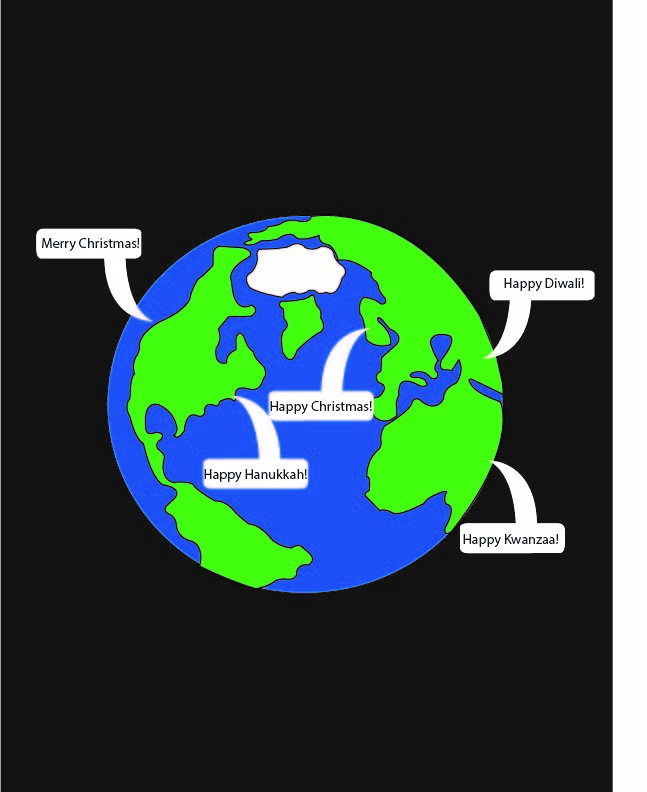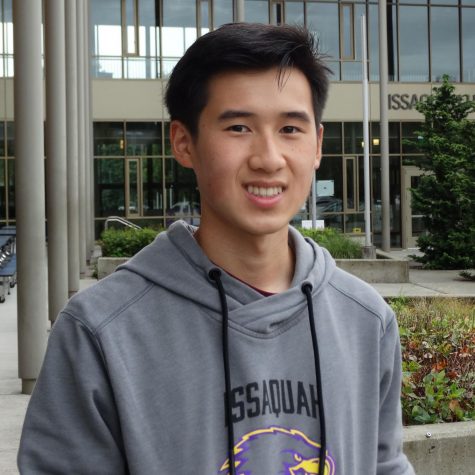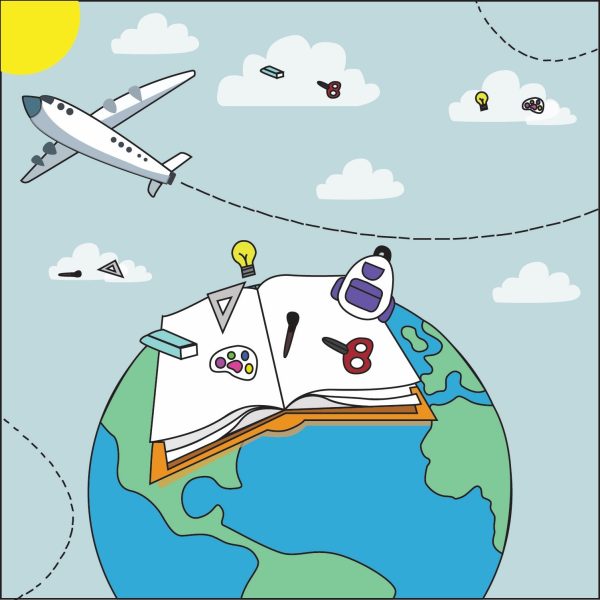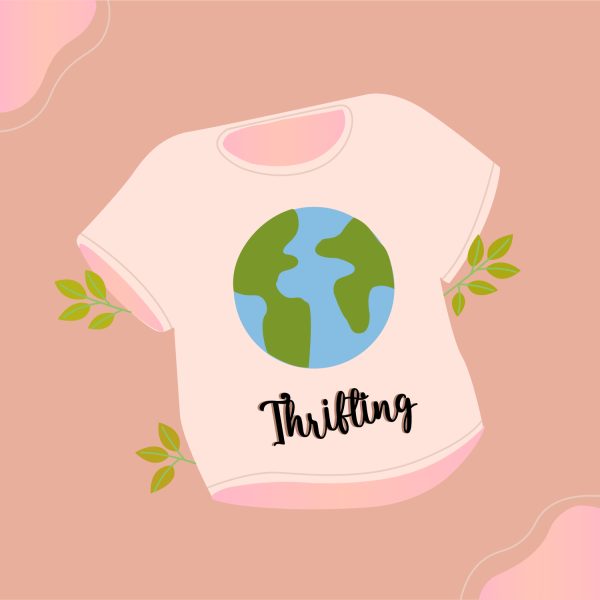Winter Traditions around the World
December 17, 2021
After Thanksgiving, you may start hearing Christmas songs on the radio. You go to your local grocery store and see tons of Christmas decorations. People are hanging their lights up, and inside their cozy homes, putting ornaments on their Christmas tree. In America, Christmas is the highlight of the celebration of winter, but America is a remarkably diverse place. People from around the world bring their cultures here and celebrate winter in their own unique way. Let us take a look at some of them.
Of course, Christmas is the most well-known winter holiday in America, perhaps the world. Christmas celebrates the birth of Jesus Christ, the spiritual leader of Christianity. It is celebrated on Dec. 25. Many Christmas traditions include setting up the Christmas tree and filling it with ornaments, placing gifts under the tree, Santa Clause, and many other traditions. Here are two common Christmas traditions and how they originated.
Christmas trees originate from Medieval Germany. This tradition was kept over the centuries and through immigration, found its way to America. Mark Carr, a New York woodsman, was credited for opening the first tree lot in 1851. A survey by the American Christmas Tree Association shows that 77 percent of homes had some kind of decorated Christmas tree. Some decide to go to tree farms to get a real Christmas tree, but the majority of Americans prefer artificial trees since it is easier and more convenient.
Another Christmas tradition we all know are gingerbread houses. Gingerbread houses were credited to Queen Elizabeth I, though it should be the Germans who get the credit for this delicious way of celebrating Christmas. Gingerbread houses really started getting popular after the Brothers Grimm wrote Hansel and Gretel, sparking a new tradition which was brought over to America by German settlers.
Aside from Christmas, what other holidays do Americans celebrate? Well, the second biggest winter holiday is Chinese New Year. Chinese New Year is the largest human migration on the planet. This migration period is called Chun Yun, the 40-day period where people head home to celebrate the New Year spring festival. Chinese New Year is huge in China and people find all sorts of ways to get home and celebrate with family. Family is very important in China and the Chinese teach younger folks to respect elders and honor their ancestors. Chinese New Year follows the traditional zodiac calander with each year celebrating a new zodiac animal. During the holiday, families gather and celebrate, eat, exchange gifts in red envelopes, see fireworks, and honor their ancestors.
Hanukkah is an eight-day Jewish holiday celebrating the victory of the Maccabean revolt against the Greek Syrian army. The Maccabees could only find a small amount of oil to light their menorah, (an ancient Hebrew lampstand in the Bible made of pure gold). The Menorah miraculously stayed alight for eight nights, and this is why Hanukkah is celebrated over the course of eight days. Hanukkah is celebrated with rituals performed every day of the eight-day holiday. Families spend time with one another, playing games with each other and sometimes exchanging gifts. Traditional Jewish foods like latkes and sufganiyot are fried in oil and eaten. Latkes are potato pancakes and sufganiyots are jelly filled donuts.
Boxing Day is celebrated in the UK and former UK colonies. It was considered a holiday for servants. Typically, servants served their employers during Christmas when they were celebrating. The day after Christmas, Boxing Day was for the servants, where they got a break and some gifts or leftovers boxed up from their employers. They would go home on Boxing Day and give boxes with gifts to their families. Today, it has become a day to relax, go shopping, and watch sports.
Kwanzaa is an African American holiday celebrating their culture, family, and community. It is a day where they can connect with each other and commemorate their African heritage. Kwanzaa is celebrated for seven days and each day has a principle. For example, on one day they celebrate Umoja, or unity, to strive for and maintain unity in the family, community, nation, and race. During Kwanzaa people light candles, have musical celebrations, look at art and express creativity, and spend time with each other, as well as exchange gifts.
The Winter Solstice marks the start of winter when the Sun in the sky is farthest south in the Northern Hemisphere and farthest north in the Southern Hemisphere. It is a traditionally pagan holiday, and many holidays have come out of the Winter Solstice. There is a lot of symbolism of light, fire, and death during Winter Solstice, as winter was usually a tough time for people of the old world. Some Pagan Winter Solstice traditions include a Yule candle tradition, where valuable items are surrounded by candles, and the candles are lit to symbolize the sun giving us light and a big winter feast, celebrating the beginning of a new season.
Overall, winter is an important time of year for all people around the world. Each culture and community celebrate winter in their own unique way, usually with lots of time together, and commemoration for heritage and the new season to come. When you go home for winter break to celebrate the winter with your family, make sure to have a good time and remember your roots.






